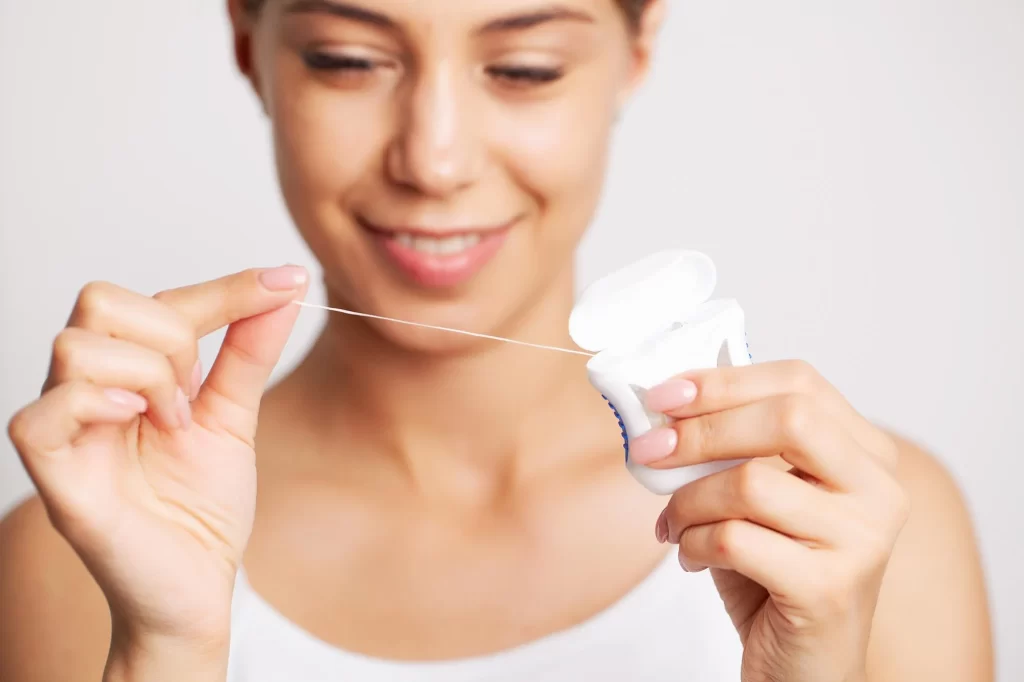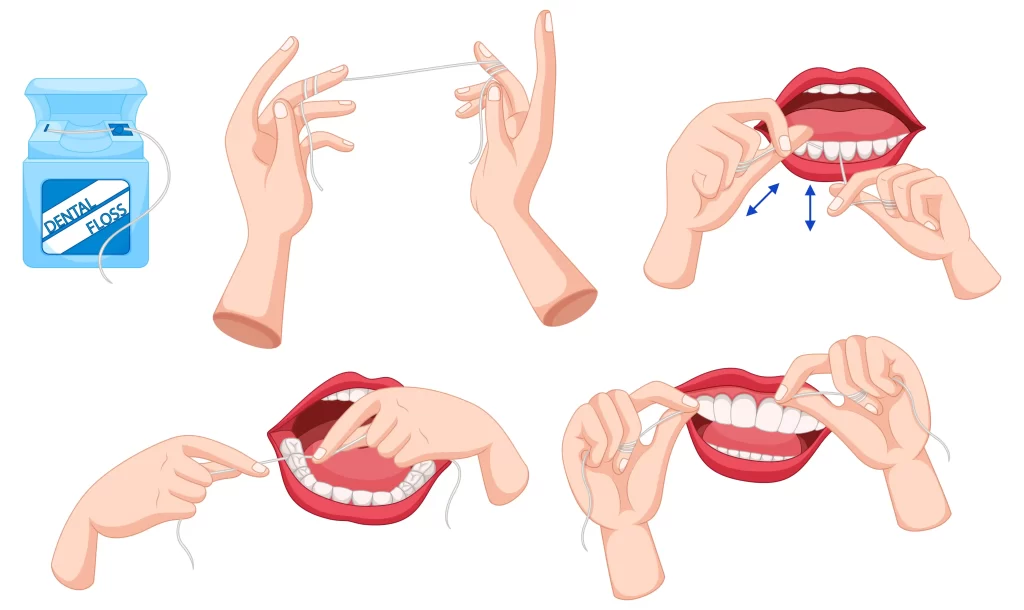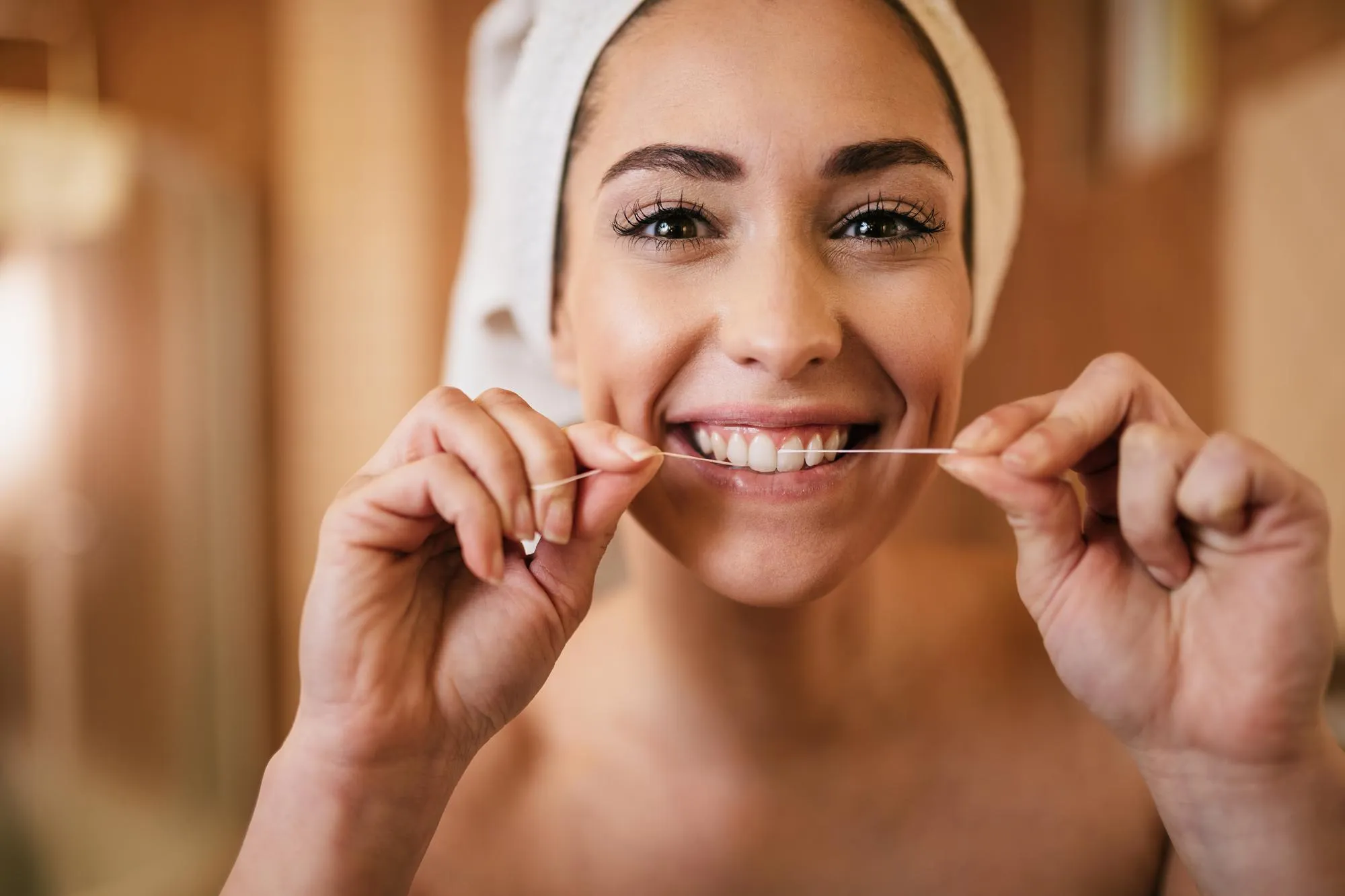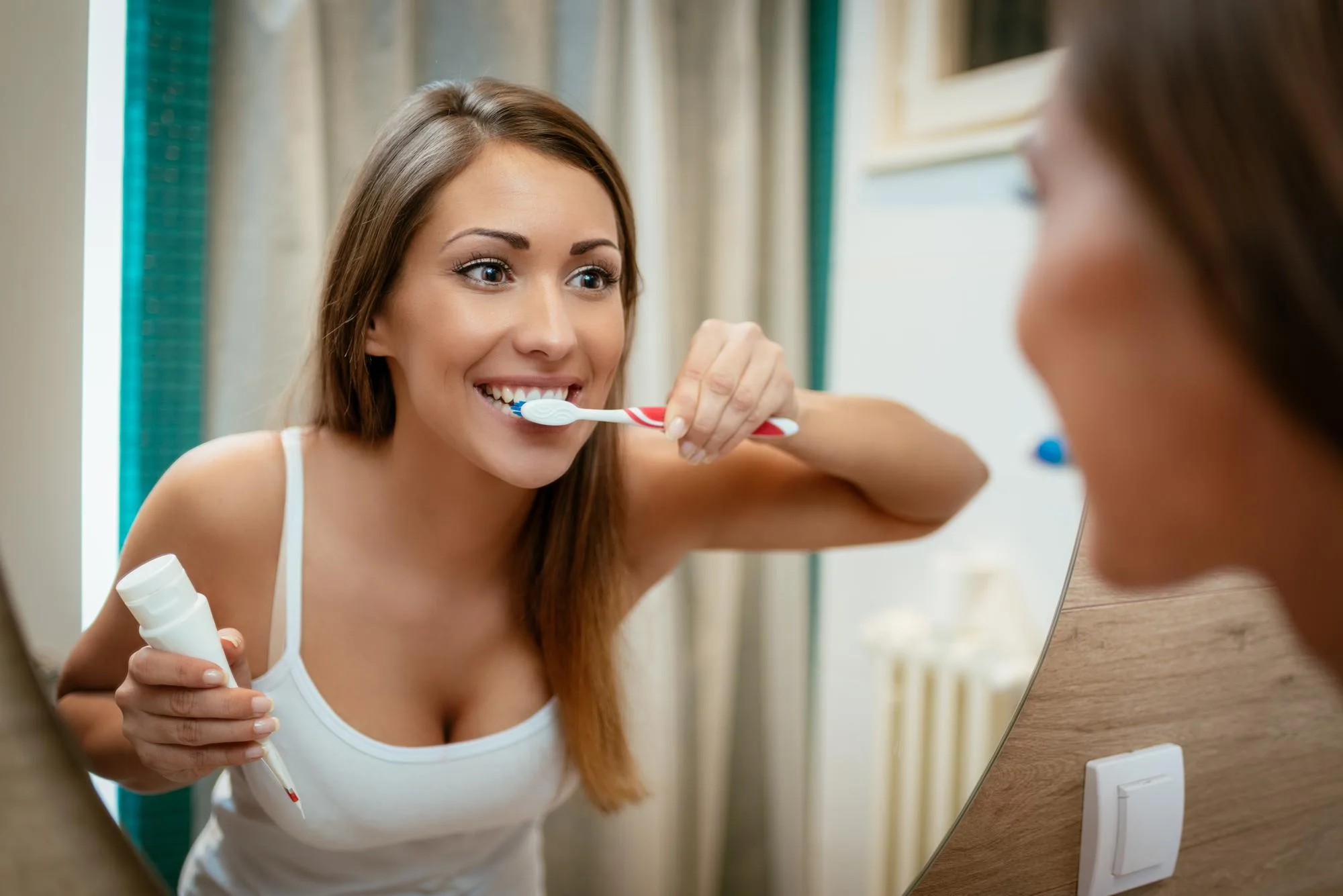Picture this: You’re strolling along a cobblestone street with the sun shining on you with your sparkling smile that turns heads. What’s the key behind your bright smile? It’s not just brushing your teeth, but also the oral hygiene superhero – dental floss! Yes, that tiny, simple string has great impacts on maintaining the health of your teeth and gums.
Consider it a miniature sword, attacking the bad plaque and food particles between your teeth and along your gumline. You defeat those opponents with a quick, skillful flossing method, preventing cavities, gum disease, and bad breath from invading your oral kingdom. Flossing is a magical charm that prevents tartar buildup, maintains healthy gums, and improves general dental health. So, let us floss like a boss and keep our smiles as bright as diamonds!
Importance of Using Dental Floss
Dental floss is a vital tool for enhancing general dental health and maintaining excellent oral hygiene. Brushing alone will not get to all of the regions between teeth and along the gumline where plaque and food particles might build. Flossing, on the other hand, can remove this debris effectively, preventing the creation of dangerous germs that can lead to cavities, gum disease, and foul breath.
Regular flossing also aids in the prevention of tartar buildup, which is difficult to remove and may necessitate expert dental cleaning. Furthermore, flossing improves healthy gums by increasing blood circulation and reducing gum inflammation. Including flossing in your daily dental regimen is a simple but critical step towards obtaining a clean, healthy smile that will last a lifetime. Never ignore the importance of dental floss in maintaining good oral health!

What Are the Proper Steps for Using Dental Floss?
Flossing is easier to learn than you think! Follow these easy instructions to floss like an expert:
- Start with the right floss: Select a dental floss that is appropriate for your needs, such as standard string floss, floss picks, or water flossers.
- Measure the floss: Cut around 18 inches of floss and wrap most of it around your middle fingers, leaving a few inches to work with.
- Find your groove: Tightly grip the floss between your thumbs and index fingers and softly move it between your teeth in a swing motion. Avoid snapping the floss to avoid irritating your gums.
- Curve and clean: Wrap the floss around each tooth in a C form and gently move it up and down, reaching just below the gumline. Be thorough, and remember to floss on both sides of each tooth.
- Gentle yet firm: To remove plaque and debris without injuring your gums, use a gentle back-and-forth motion.
- Rinse and repeat: Rinse your mouth with water or mouthwash after flossing to remove any loosened particles.
- Dispose properly: When you’re done, properly dispose of the used floss.

How to Choose the Right Dental Floss?
Choosing the appropriate dental floss is essential for good oral hygiene. Consider your teeth and gum condition, floss type, personal preference, and seek for the ADA Seal of Acceptance. Consultation with your dentist can also provide useful information in picking the best dental floss for your needs. Remember that flossing, brushing, and frequent dental check-ups are all necessary for a healthy and beautiful smile.
When to Avoid Using Dental Floss?
Knowing when to skip using dental floss is critical for good oral health. Traditional dental floss may not be the best option in some cases. If you have orthodontic braces, gum irritation or bleeding, have recently had dental work or oral surgery, have tooth sensitivity, or have young children, you may need to consider alternative means of cleaning between your teeth.
In such circumstances, specialised orthodontic floss, floss threaders, interdental brushes, softer floss or dental tape, antimicrobial mouthwash, or the use of an antibacterial gel may be advised. To guarantee good oral care without causing discomfort or disturbing the healing process, it is critical to follow your dentist’s instructions and seek their help. Regular brushing, flossing, and expert dental care are all necessary for a healthy smile.
How to perform oral care routine for children?
It is critical for children to have a regular oral care schedule in order to maintain their dental health. It is critical to begin washing your baby’s gums with a damp cloth even before their teeth appear. Brush your child’s teeth with a soft-bristled toothbrush and water after the first tooth shows. Brush their teeth at least twice a day for two minutes with a pea-sized amount of fluoride toothpaste as they get older. Begin flossing your child’s teeth as soon as they touch, using floss picks or child-friendly flossing instruments.
Encourage a balanced diet rich in fruits and vegetables, dairy products, and lean proteins, while reducing sugary and acidic meals. Schedule frequent dental check-ups for your child and use fun and engaging activities to teach them about the importance of oral hygiene. Set a good example by practising good dental hygiene. It is critical to consult with your dentist for personalised advice and guidance in developing an effective dental care routine for your child.
Conclusion
Consider Isdentbul if you need trustworthy dental care for dental beauty. Isdentbul provides the knowledge and equipment to meet all of your dental care needs, from routine checkups to dental crowns and dental braces with a wide range of dental treatments.
If you want a beautiful, healthy smile, contact Isdentbul immediately to make an appointment.
FAQ (Frequently Asked Questions)
Is it healthy to use dental floss?
Yes, using dental floss as part of your oral hygiene practice is usually seen to be beneficial. By removing material from between teeth and lowering plaque buildup, flossing can help prevent cavities, gum irritation, and foul breath.
How many times a week should you use dental floss?
As part of your daily dental hygiene routine, the American Dental Association (ADA) suggests flossing at least once a day.Flossing once a day aids in the prevention of plaque development.
Should you use dental floss before or after brush?
Using dental floss before brushing your teeth is generally suggested. Flossing helps remove plaque and food particles from between teeth and along the gumline, allowing fluoride in toothpaste to reach these regions more efficiently.








